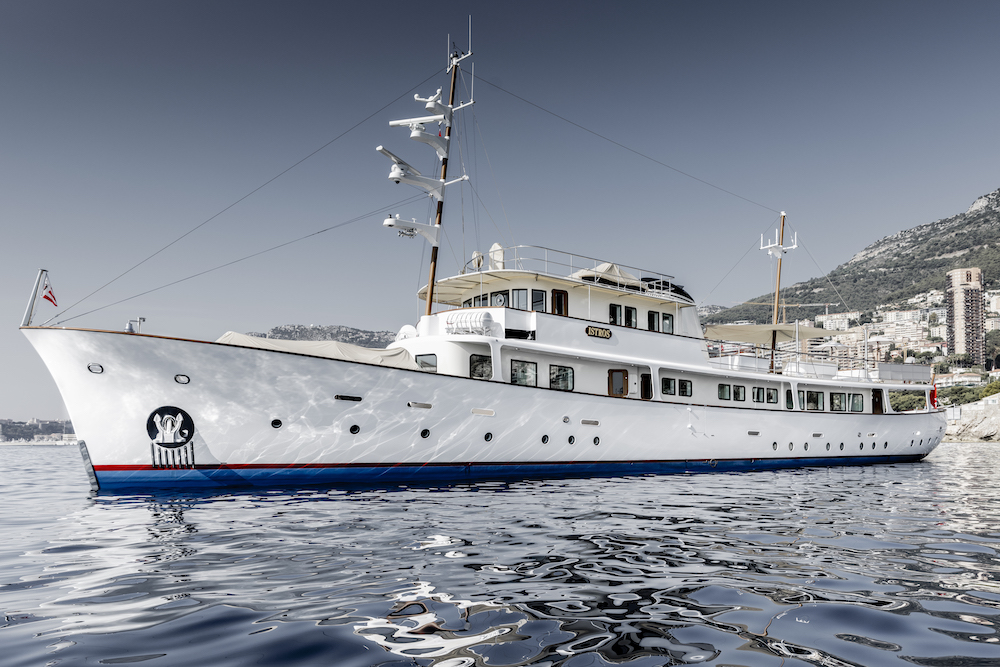The pursuit of excellence
Istros is an exercise in aesthetic and technical excellence even if it is at the expense of practicality at times…
Delivered in 2020, Istros is a project that showcases all the aesthetic benefits of a classical yacht and marries them with all the conveniences of an ultra-modern build. Built in 1954 by De Vries Lentsch (Feadship-member 1949-1958) and refitted in 2020 by Feadship, Istros is proof of what can be achieved when all parties are willing to innovate and have complete trust in one another.
“As far as I am concerned, Istros is a dream refit for Feadship. This project had everything and it also provided us with the opportunity to distinguish ourselves from what everybody else in the world does,” starts Pier Posthuma de Boer, refit & services director at Feadship Refit & Services. “Firstly, there is the heritage of the project. The fact that Feadship has yachts from the 1950s already sets us apart, let alone the fact that we are taking a project from 1954 and making it completely new again. These are the projects that get us incredibly excited from the get-go, this is why Feadship exists, this is what we love.”
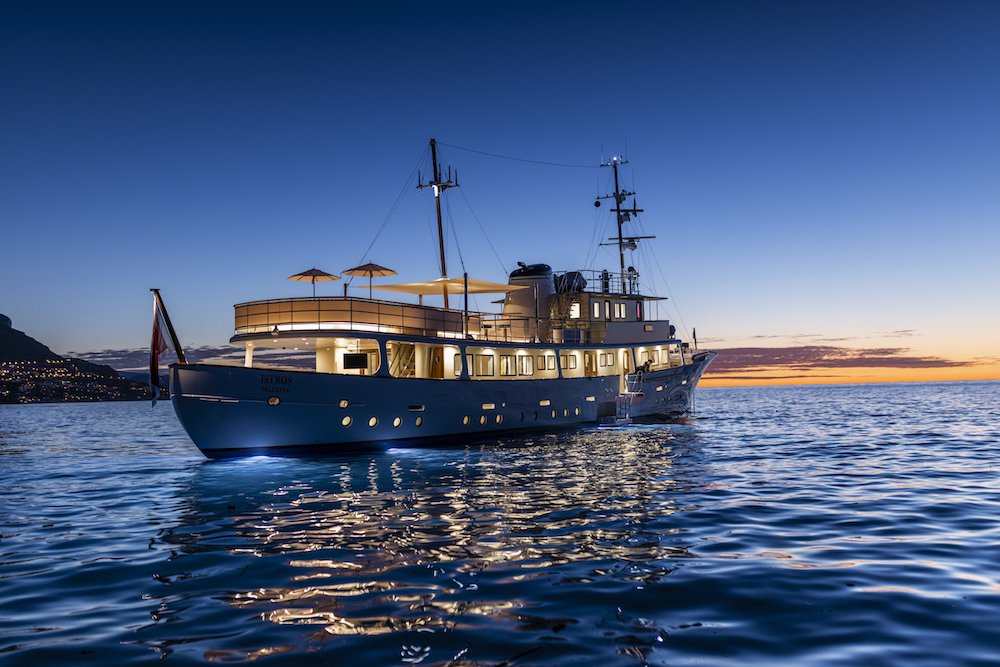
Speaking with Istros’ captain for issue 208 of The Superyacht Report, we discovered that, at its core, the project is a pursuit of aesthetic and technical excellence. Unconvinced by the arguably homogenous aesthetic espoused by the vast majority of superyacht projects today, the owner wanted to focus his energies on a design philosophy that would convey a sense of nautical well being, regardless of whether or not the project was considered practical or rational by modern design standards. As such, many of the original dimensions of the project have been kept.
“We were fortunate that we got to work with an owner that understands yachting, that has a passion, that is in it for the love of the brand and the love of the boat. This is absolutely essential for being able to embark on a project that is as economically impractical as this one,” continues Posthuma de Boer.
“When we get into the realm of Feadship Refit & Services and consider what we want and what our business is based on, where we can distinguish ourselves, it's quality and innovation, state of the art development of techniques, sustainability, which is extremely key for us, and its in house craftsmanship. Being able to apply all these things in a heritage project is like heaven for us,” explains Posthuma de Boer.
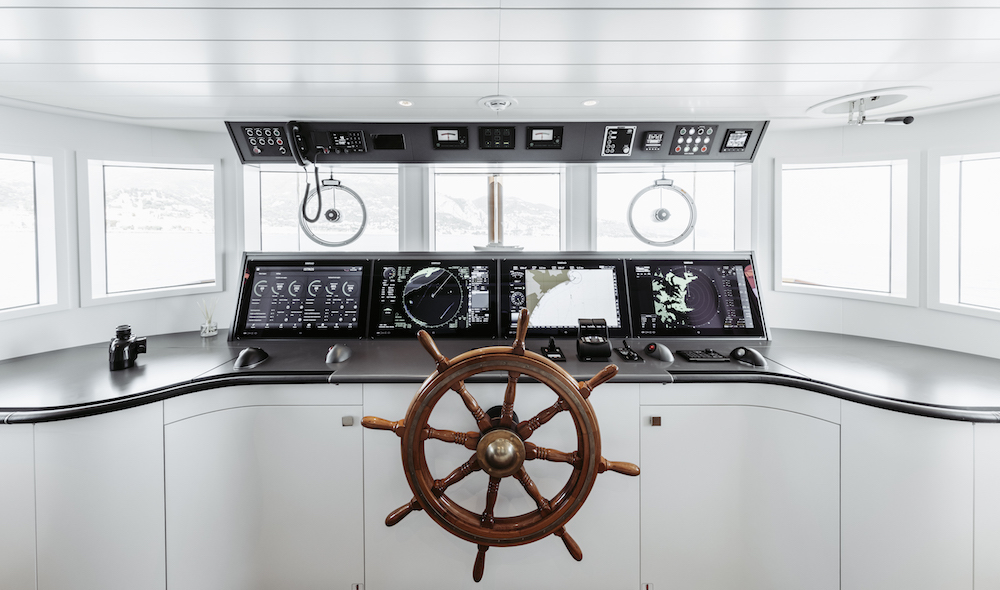
According to Posthuma de Boer, the unique challenges of working on such an extensive refit project from the 1950s proved to be extremely motivating for a set of craftsmen who, at times, are unable to use their full set of skills on contemporary projects. With several systems that would typically be expected on much larger projects, the technical challenges were many and varied and created an atmosphere where innovation was essential, not optional. For a more in-depth exploration of Istros’ various technical innovations, look out for the publication of The Superyacht Captains’ Report.
“First of all, everybody is in love with the lines of this boat. When I’ve spoken to Tristan (the captain), he explained that port authorities call them and ask them when they are at anchor to move Istros into the marina as a showpiece,” says Posthuma de Boer. “We simply can’t make boats like this anymore from new. From a technical perspective, most people would not buy this boat, but class would also not allow it. There is so much on this boat that we simply wouldn’t be able to do if it was a new build.”
While by refit standards a year and a half is an extremely long period, given the extent of the project, which saw the original vessel stripped back to the barest of hulls, Feadship has still managed to create what is essentially a completely new vessel in a fraction of the time required for a custom new build project and a fraction of the price.
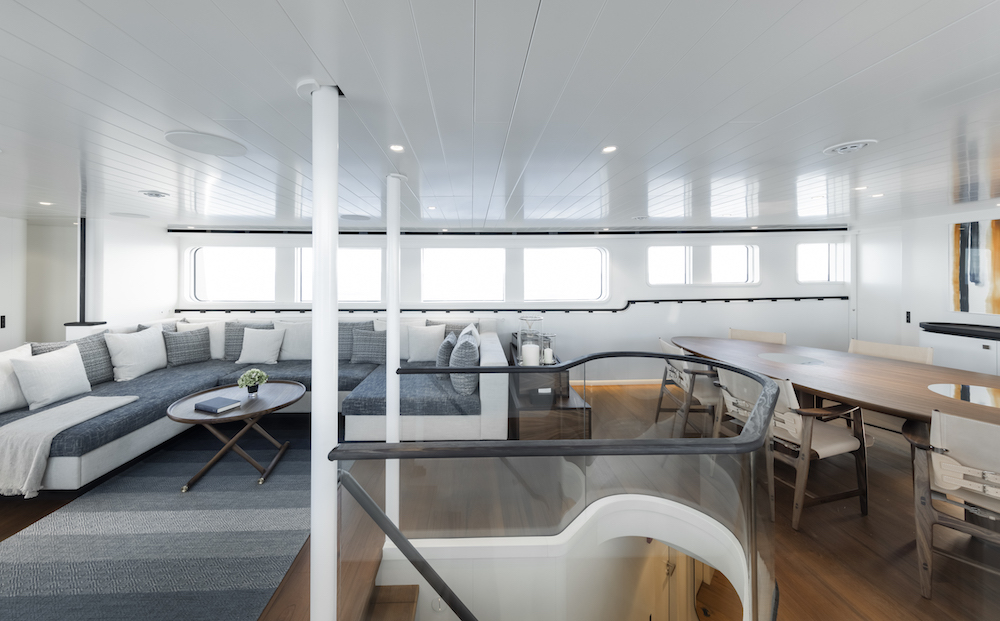
When speaking with the captain of Istros, he revealed that working with Feadship on the project had been “the most pleasant experience of his professional life”. With so much having been said in recent years about the importance of trust and communication, especially where complex refits are concerned, it goes to show what can be achieved when all parties are working harmoniously.
“The owner was completely hands-on and was obviously someone who did the project for the love of the project and the process. He was completely engaged from day one and knew so much about all the details of the project. When Tristan became involved it was clear to us that there was a trusting relationship between the owner and captain, which, as a shipyard, is vital for being able to make decisions and get works done. People often underestimate how important this is for a successful refit project,” continues Posthuma de Boer.
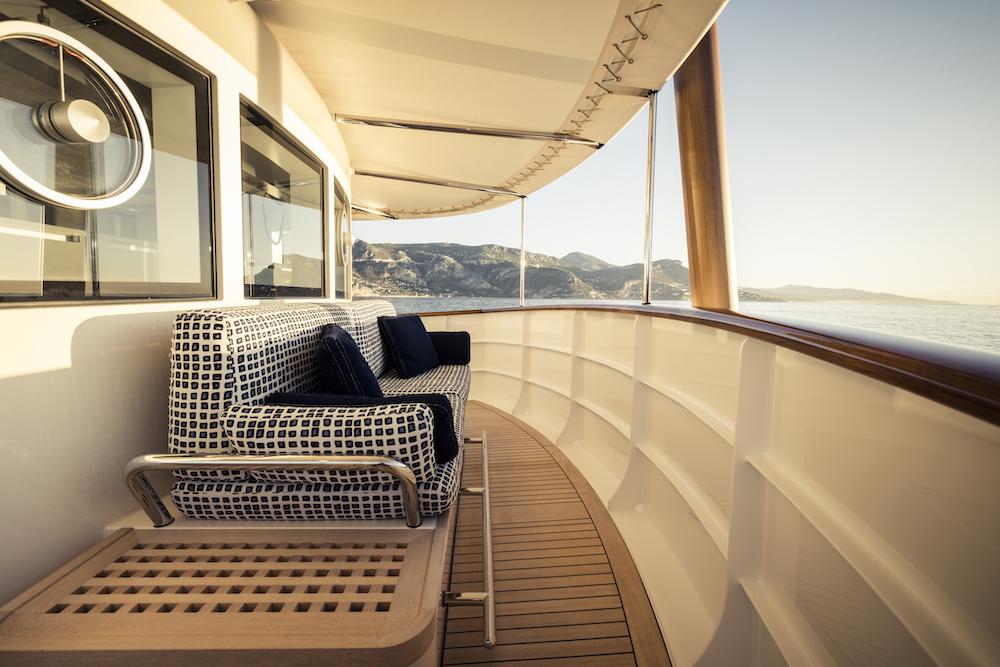
With the project having been such a resounding success, it does beg the question; is there anything that the new build industry can learn from the refit market?
“What people can learn from the refit industry is flexibility and efficiency. We use a lean team. On a new boat, there are hundreds of engineers, it’s an incredibly big team and there is a whole lot of paperwork. Really, it is like running a business. All builds must be economical in their approach, however, the dynamics of shorter-term refit projects are essentially different from longer-term new-builds and the sense of urgency and need for flexibility are qualities that our new-build teams can also benefit from. So now, we are actually doing a couple of new build projects where the organisation internally is being modelled on how we do it for refit projects,” explains Posthuma de Boer.
The Istros project shows what can be achieved when an owner and their team have a clear vision and contracts the skills of a refit yard that is willing to listen, but also willing to push the boundaries of what is possible, innovate and advise. However, in order for such a thing to be possible, the foundation of the project must be trust and no small amount of skill.
Photo credit: Guillaume Plisson
Profile links
42.06m 6.89m 2.83m 247
H2 Yacht Design
NEW: Sign up for SuperyachtNewsweek!
Get the latest weekly news, in-depth reports, intelligence, and strategic insights, delivered directly from The Superyacht Group's editors and market analysts.
Stay at the forefront of the superyacht industry with SuperyachtNewsweek
Click here to become part of The Superyacht Group community, and join us in our mission to make this industry accessible to all, and prosperous for the long-term. We are offering access to the superyacht industry’s most comprehensive and longstanding archive of business-critical information, as well as a comprehensive, real-time superyacht fleet database, for just £10 per month, because we are One Industry with One Mission. Sign up here.
Related news
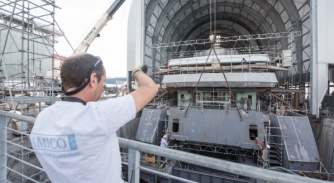
A well-oiled machine
The composition of a refit team and clear lines of communication are vital for a successful refit
Business

Show me the worklist
Dani Puig, CEO of Yacht Work List, discusses the development of a new digital platform for worklist management
Technology
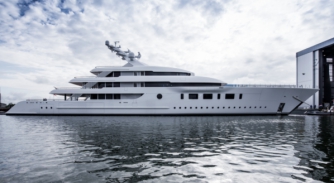
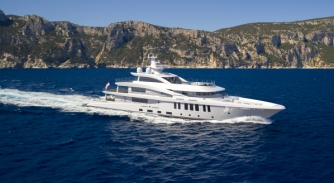
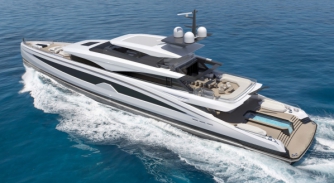

Aus-NZ superyacht travel now without quarantine
Trans-Tasman bubble between New Zealand and Australia now available to superyachts on a case by case basis
Business
Related news
A well-oiled machine
5 years ago
Show me the worklist
5 years ago
Feadship celebrates launch of 95m Bliss
5 years ago
Third Amels 200 sold
5 years ago
Work progresses on Project Sparta
5 years ago
Aus-NZ superyacht travel now without quarantine
5 years ago
Genoa Superyacht Hub project launched
5 years ago
NEW: Sign up for
SuperyachtNewsweek!
Get the latest weekly news, in-depth reports, intelligence, and strategic insights, delivered directly from The Superyacht Group's editors and market analysts.
Stay at the forefront of the superyacht industry with SuperyachtNewsweek


